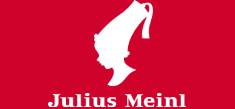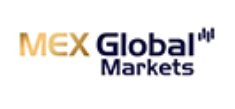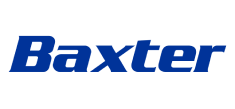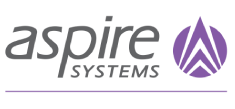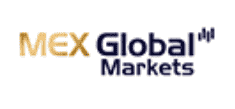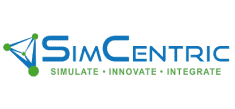- The first step is to find out the threshold limits of VAT implementation in the business. The business should register in advance if it is anticipated to cross the threshold limit for mandatory registration in near future
- Analyze your business needs and where you are paying Input VAT and where you should collect Output VAT
- Establish a clear line of communication between you and your buyers and suppliers. Ensure your long term agreements properly document the responsibilities regarding tax liabilities to be borne by the business, its buyers and suppliers
- Educate your staff on the implementation and usage of the VAT
- Designing a new VAT compliance checklist
- Ascertain the potential impact of VAT on your business
Review of Systems
- Map the process and transactions where the system of VAT will impact
- Check the ERP system used by the business is adaptable to your business specific VAT needs. If not, reconfigure the systems
- Map out the legal impact of VAT on your business
- Preconfigure Input tax credit allocations in your system to help in raising an invoice for the price which is inclusive of VAT and specified the details are per the requirements under the law
- Check whether correct updating system is in place to apprise the enterprise automatically of the changes in the VAT implementation
- As VAT works on a transactional level, ensure the records generated is verified and compliant with the VAT rules
- Seek professional legal and tax advice for proper implementation of VAT procedure and rules
- Keep track of the statutory compliances required to be done
- Maintain VAT accounting with the regular accounting functions of the business
- Update VAT Master Data of all the vendors
- Reconcile vendor VAT data for Input credits
- Compute the eligibility for Input credit
- Compute VAT final liability
- Aiding in the preparation of MIS reports
- Filing VAT in an appropriate manner
- Updating the system to accommodate the changes or updations in the VAT legislations
- Ascertain cash flow and organize them in a manner where the business does not feel the pinch of a restricted cash flow
Understanding the Rates
Exempt Supplies: These supplies are not subject to VAT. The supplier of these supplies is not allowed to deduct input tax for incurred in producing and delivering these supplies. Article 46 of the Federal Decree – Law no (8) of 2017 of U.A.E. deals with exempt supplies. Basic necessities e.g. healthcare, education etc. are generally kept as exempt supplies from taxes. In U.A.E., following supplies are kept as exempt:
- The supply of some financial services (clarified in VAT legislation)
- Residential properties
- Bare land
- Local passenger transport
Zero-rated Supplies
- Exports of goods and services to outside the GCC
- International transportation, and related supplies
- Supplies of certain sea, air and land means of transportation (such as aircrafts and ships)
- Certain investment grade precious metals (e.g. gold, silver, of 99% purity)
- Newly constructed residential properties, that are supplied for the first time within 3 years of their construction
- Supply of certain education services, and supply of relevant goods and services
- Supply of certain Healthcare services, and supply of relevant goods and services

Standard Supplies
The supplies subject to the standard rate of tax in the state are included in this category, In GCC countries, the standard rate is 5%. Similarly, as in case of zero-rated supplies, the supplier can claim the credit for input tax paid in producing and delivering these supplies.
They should carefully evaluate its supplies and categorize supplies and assign the VAT rates according to the classifications. Even the ERP systems are to be tuned to this adjustment for effortless transactions and their related billing. The business should use a platform that provides clear and concise differentiation between the supplies. While billing zero rated and standard rated supplies or exempt and standard rated supplies, specific care should be taken to apply the specified rates for each product. The accounting software should be set to identify these differences, but the supplies classification of these supplies must be done manually by the company accountants.
A Member Firm of Andersen Global
- 175+ Countries
- 525+ Locations
- 17,500+ Professionals
- 2350+ Global Partners
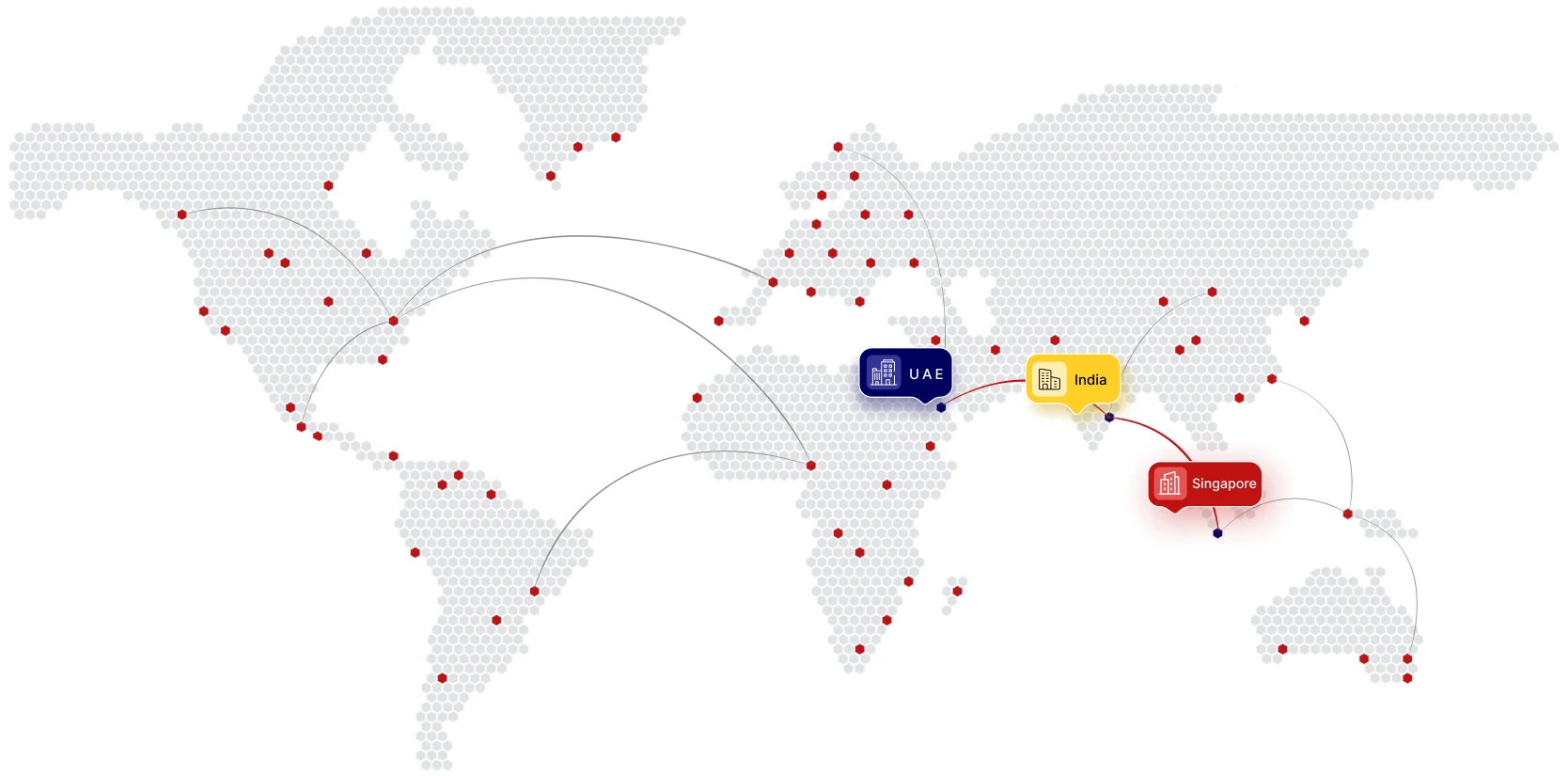
Need Assistance?
Get In Touch
We appreciate your interest in IMC and are eager to address your needs.
To ensure we address your needs accurately and promptly, please fill out this form. This will help us in identifying and connecting you with the appropriate team of experts in our organization.
We take pride in our responsiveness and aim to get back to you within a span of 1-2 business days. Your journey towards solutions starts here.
Companies we have worked with
